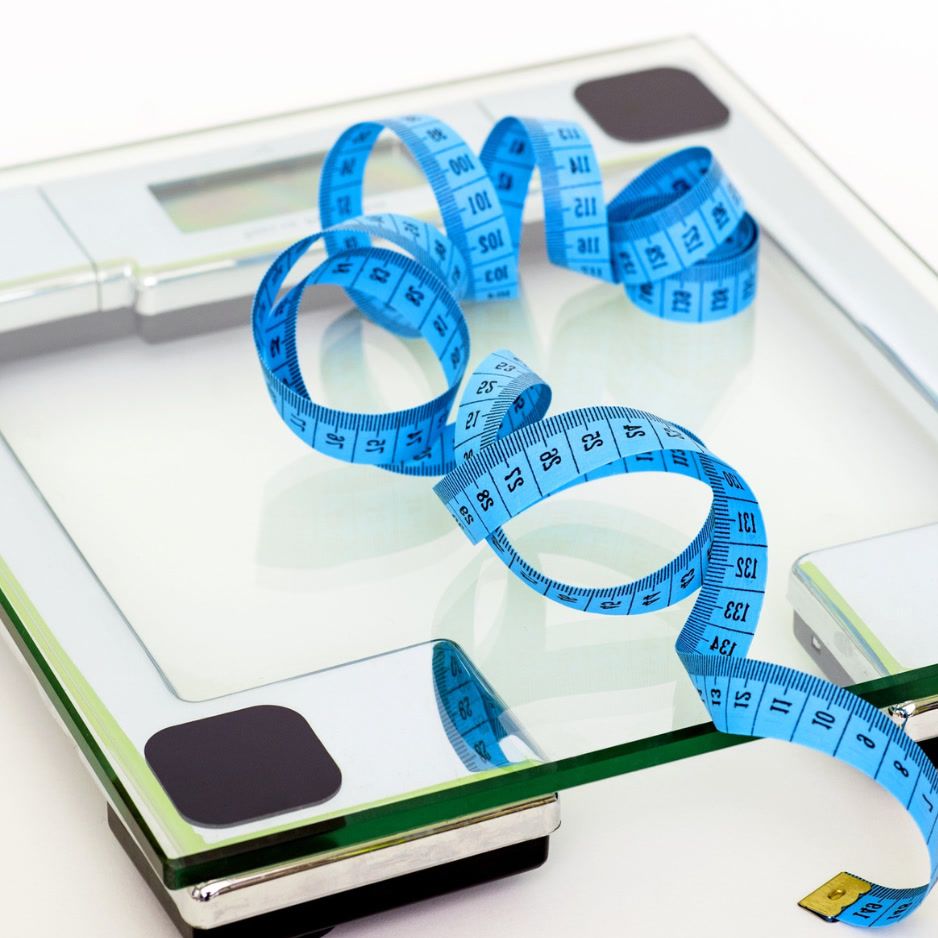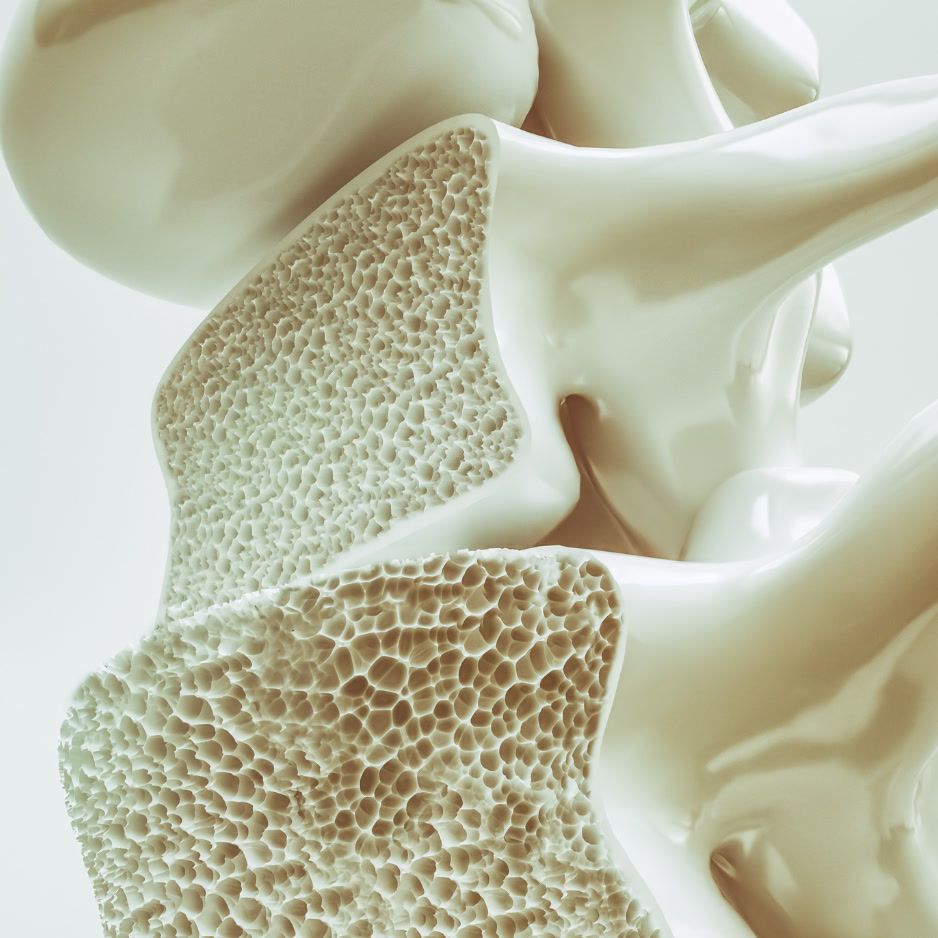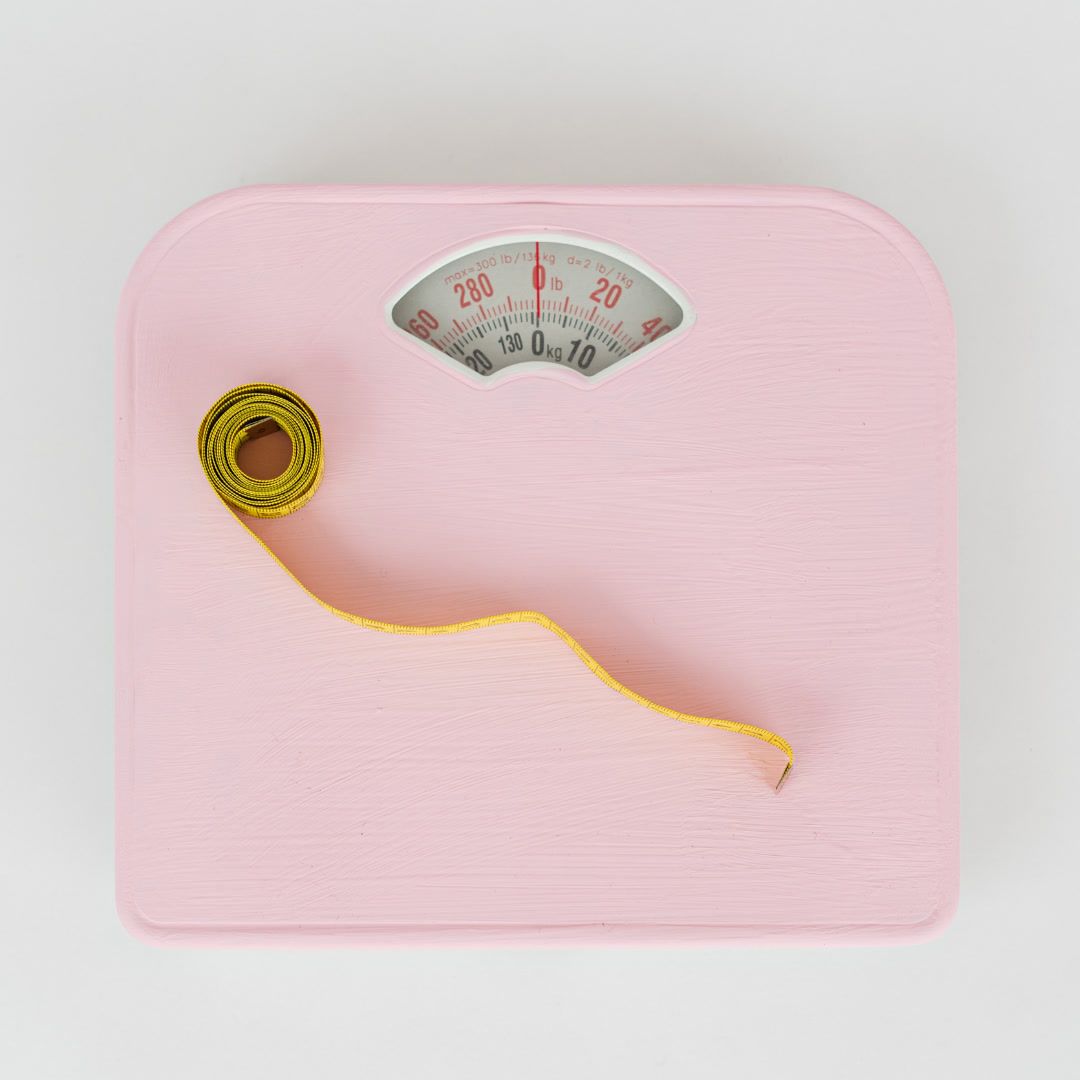BMR Calculator: Using it for Metabolic Insights
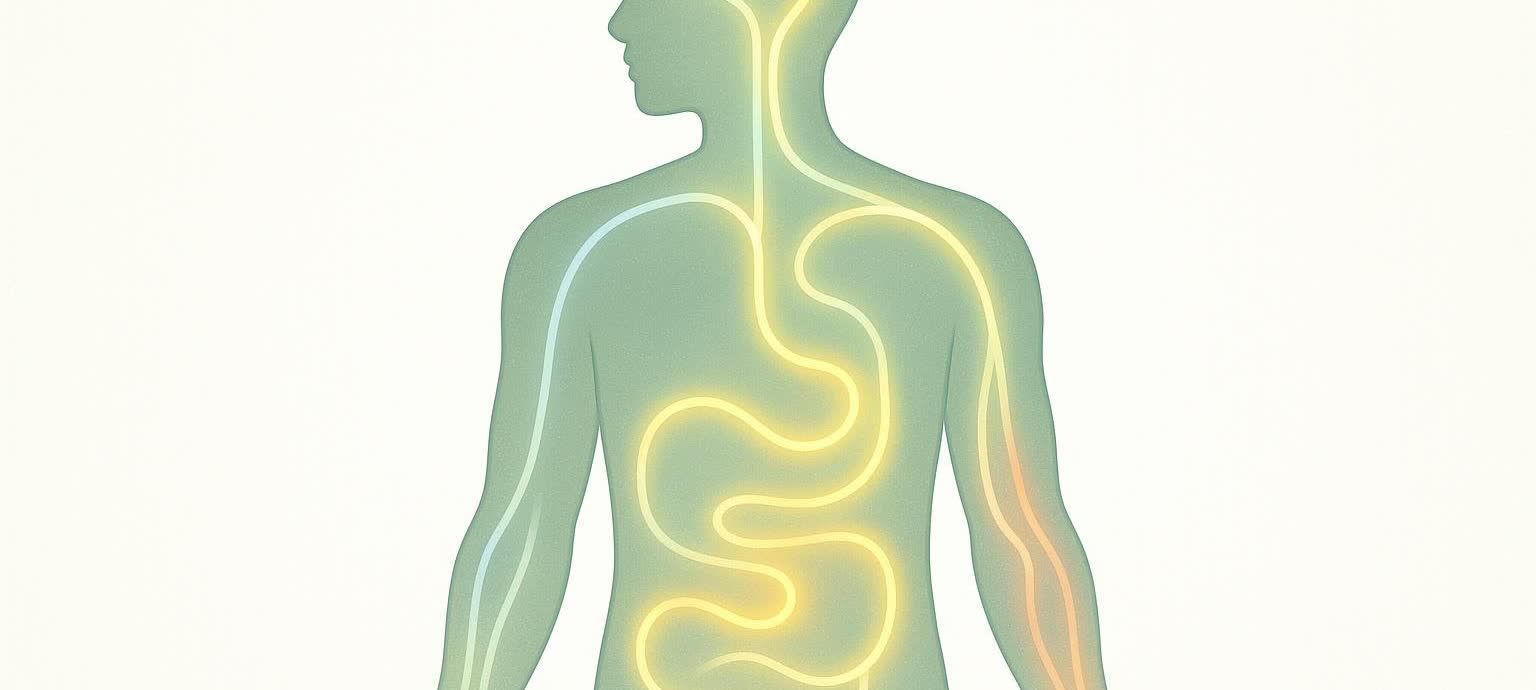
BMR Calculator: How to Use It for Accurate Metabolic Insights
Need a fast estimate of how many calories you burn at rest? A BMR calculator can give you that number in seconds. But not all calculators—or the formulas behind them—are created equal.
This guide helps you spot a reliable BMR calculator and, more importantly, shows you how to interpret the result. By the end, that single number will become a practical tool for smarter nutrition and training decisions.
Your basal metabolic rate (BMR) is the minimum energy budget your body needs just to stay alive. It keeps your heart beating, lungs breathing, and cells repairing even when you’re completely at rest. Knowing this baseline lets you tailor your activity, nutrition, and recovery so you can more effectively pursue fat loss, muscle gain, or weight maintenance.
In this guide, you’ll learn how to:
- Compare five leading BMR equations (Harris–Benedict, Mifflin–St Jeor, Cunningham, Katch–McArdle, Owen)
- Choose the right formula—or online BMR calculator—for your body and goals
- Turn that single number into a personalized calorie and macro plan
- Understand key aspects and common questions about BMR
Quick Definition: BMR vs. RMR
| Metric | What it Measures | Typical Testing Conditions |
|---|---|---|
| Basal Metabolic Rate (BMR) | Calories burned to support only essential bodily functions | Strict lab setting after 8–12 h fast, 8 h sleep, thermoneutral room, no movement |
| Resting Metabolic Rate (RMR) | Very similar but allows minimal movement and is usually measured in a less restrictive setting; values are often slightly higher than true BMR | Clinical office test after overnight fast, 15 min rest |
True BMR testing is rare outside research labs. Consequently, most online “BMR calculators” actually estimate RMR and use the terms interchangeably (WebMD).
Treat online BMR results as a baseline; real-world daily burn will be higher once you add activity.
How to Spot—and Use—a Reliable BMR Calculator
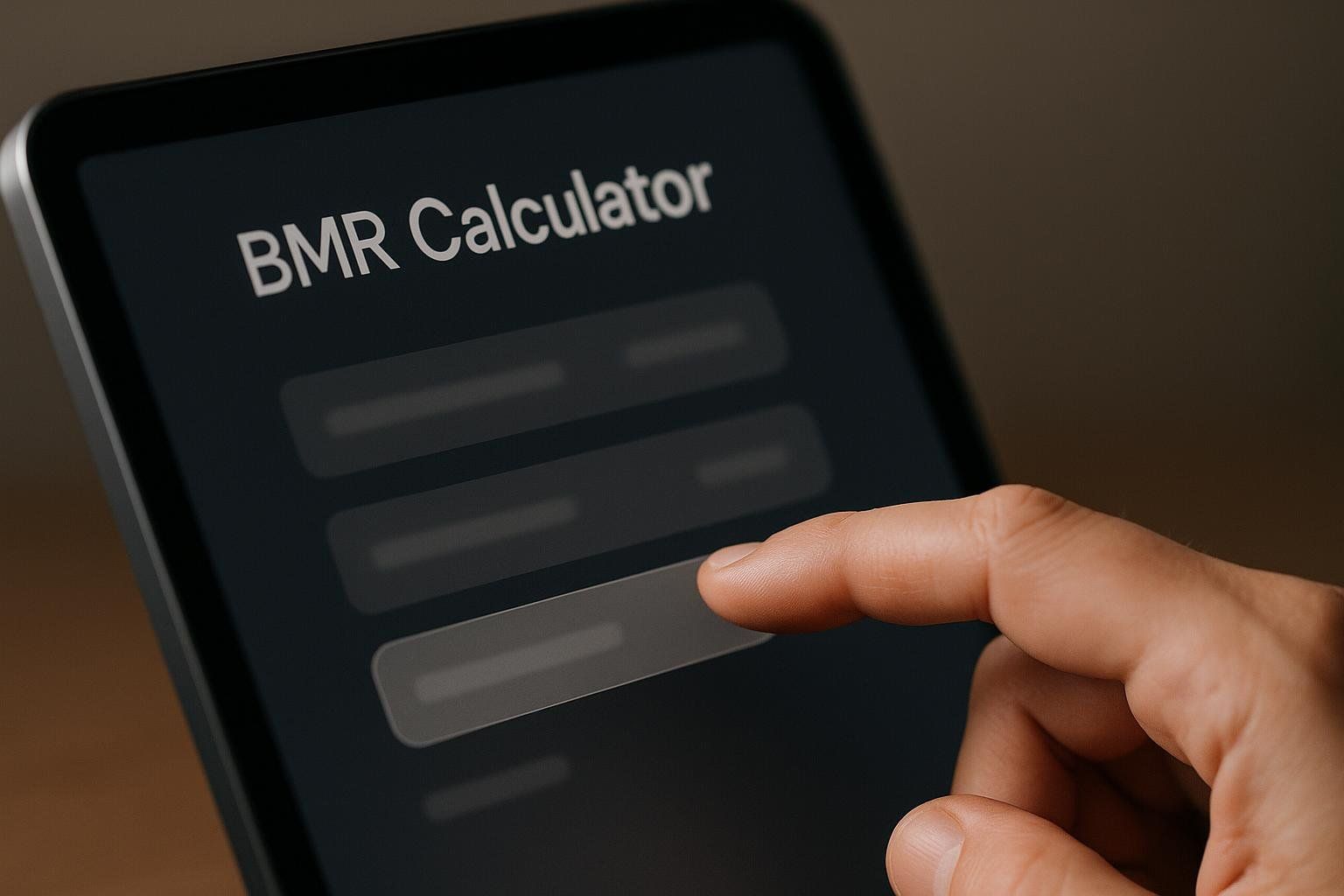
- Transparent formulas. Trust calculators that list the equations they use and let you pick among them. Example: Calculator.net shows Harris–Benedict, Mifflin–St Jeor, and Katch–McArdle side by side.
- Right inputs. At minimum you should enter sex, age, height, and weight. For greater accuracy, choose tools that accept body-fat percentage or lean body mass.
- Cited research. Look for in-page references (PubMed links, DOIs, or textbook citations) so you know the math isn’t guesswork.
- No hidden agenda. Avoid calculators that gate results behind email sign-ups or push aggressive supplement sales.
- Clear next steps. A quality tool explains how to turn BMR into total daily energy expenditure (TDEE) and offers context, not just a number.
Typical walkthrough:
- Enter your stats → select formula → click “Calculate.”
- Review the output (e.g., “Your BMR is 1,650 kcal”).
- Multiply by an activity factor or let the site do it automatically for TDEE.
- Save or export the results so you can reference them in your meal-planning app.
Why Should You Care About BMR?
- Set realistic calorie targets. Eating below BMR for too long can trigger adaptive thermogenesis—your body’s survival mechanism to conserve energy (Rosenbaum & Leibel 2010).
- Choose the correct deficit or surplus. Knowing your baseline helps create a sustainable 300–500 kcal deficit for fat loss or a modest surplus for muscle growth.
- Spot metabolic changes. Aging, muscle gain/loss, hormonal shifts, or medications can nudge BMR up or down.
- Leverage biometric screenings. Many corporate wellness vendors include body-composition testing; BMR gives context to those reports and any program incentives.
Key Equations Used in BMR Calculators
| Equation | Inputs Needed | Ideal User | Citation |
|---|---|---|---|
| Harris–Benedict (1919; revised 1984) | Sex, age, weight, height | General population | Roza & Shizgal 1984 |
| Mifflin–St Jeor (1990) | Sex, age, weight, height | Most adults, including those with extra weight | Mifflin et al. 1990 |
| Cunningham (1980) | Lean body mass | Muscular athletes with accurate LBM data | Cunningham 1980 |
| Katch–McArdle | Lean body mass | Anyone with measured LBM seeking a simple, research-backed formula | McArdle et al. 2001 |
| Owen (1986) | Sex, weight | Quick estimate when only weight is available | Owen et al. 1986 |
Sample Outputs
For a 30-year-old, 175-lb (79.5 kg), 5'10" (178 cm) male at 20 % body fat (LBM ≈ 140 lb/63.5 kg):
| Formula | kcal/day |
|---|---|
| Harris–Benedict | 1,837 |
| Mifflin–St Jeor | 1,763 |
| Cunningham | 1,897 |
| Katch–McArdle | 1,742 |
| Owen | 1,690 |
Athletes with recent DEXA scans should favor Cunningham or Katch–McArdle because they plug in lean mass directly.
Manual Calculation Walk-Through
- Gather stats: weight, height, age, sex, and—ideally—lean body mass.
- Pick a formula.
- Crunch the numbers. Example (Mifflin–St Jeor) for a 35-year-old female, 150 lb/68 kg, 5'6"/168 cm:
BMR = (10 × 68) + (6.25 × 168) – (5 × 35) – 161 = 1,394 kcal. - Reality-check. Weight-only formulas can miss true metabolic rate by >10 % in very lean (<15 % BF) or obese (>35 % BF) individuals; lean-mass-based equations reduce that error (Frankenfield et al. 2005).
From BMR to TDEE
Multiply BMR by an activity factor:
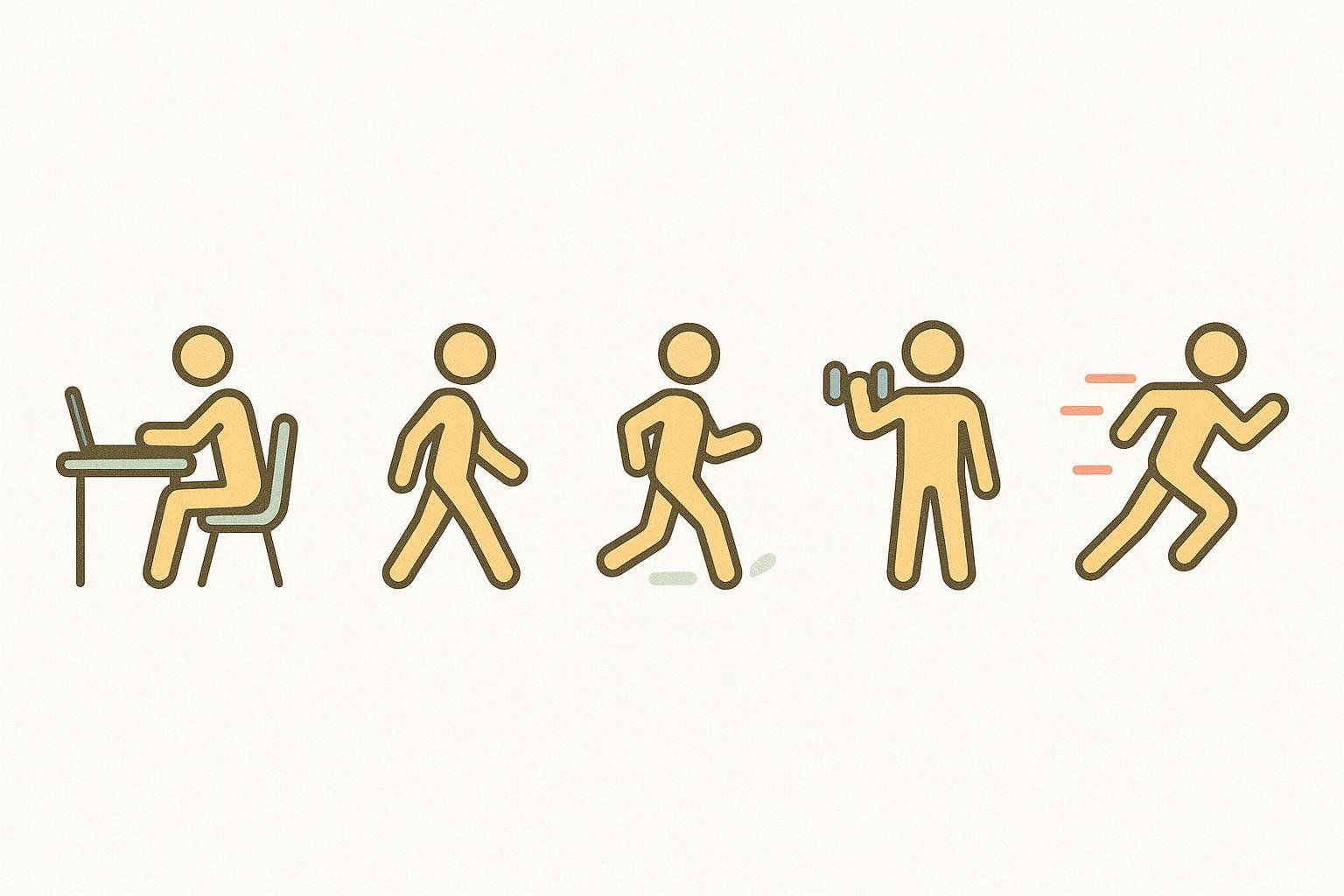
| Activity | Factor |
|---|---|
| Sedentary | 1.2 |
| Light (1–2 d/wk) | 1.375 |
| Moderate (3–4 d/wk) | 1.55 |
| Very Active (5–6 d/wk) | 1.725 |
| Athlete/Extreme | 1.9 |
Example: 1,394 kcal × 1.55 ≈ 2,161 kcal to maintain.
Macro Split Example
A fat-loss target of 1,760 kcal with a 30 % protein, 40 % carb, 30 % fat distribution. For the math walkthrough, see our guide to calculating macronutrients.
Case Studies
28-Year-Old Male Athlete
- 185 lb, 10 % BF (LBM ≈ 167 lb/76 kg)
- Cunningham:
500 + (22 × 76) = 2,172 kcalBMR - Activity factor 1.725 → TDEE ≈ 3,750 kcal
- Muscle-gain surplus → 4,050 kcal/day
50-Year-Old Female Office Worker
- 160 lb, 32 % BF (LBM ≈ 109 lb/49 kg)
- Why Katch–McArdle? A recent DEXA scan provided lean-mass data.
- Light activity (1–2 workouts/week)
- Katch–McArdle:
370 + (21.6 × 49) = 1,428 kcalBMR - Activity factor 1.375 → TDEE ≈ 1,964 kcal
- Fat-loss target → 1,564 kcal/day
BMR Calculator Accuracy Limits

Predictive formulas can miss by ±10 % versus indirect calorimetry (Freitas 2021). Errors grow at extreme body-fat levels, with thyroid issues, or after crash dieting (Johnstone 2005).
For the most precise formula-based BMR estimate, use lean-mass data from a BodySpec DEXA scan. If you want a direct measurement of your metabolic rate, consider an external lab-based resting metabolic rate (RMR) test—typically performed via indirect calorimetry—but note that BodySpec does not currently offer this service.
Next Step: Measure What Matters
A BodySpec DEXA scan provides:
- Exact lean and fat mass for LBM-based equations
- Visceral-fat score linked to metabolic risk
- Estimated resting metabolic rate (RMR) calculated from your lean mass
BodySpec is developing an interactive calculator that will auto-pull lean-mass data from your DEXA scan—more information coming soon.
Book your scan and move from estimates to evidence.
References
- Roza AM, Shizgal HM. The Harris–Benedict equation re-evaluated. Am J Clin Nutr. 1984;40:168-182.
- Mifflin MD et al. A new predictive equation for resting energy expenditure. Am J Clin Nutr. 1990;51:241-247.
- Cunningham JJ. Factors influencing BMR. Am J Clin Nutr. 1980;33:2372-2374.
- McArdle WD et al. Exercise Physiology. 5th ed. 2001.
- Owen OE et al. Caloric requirements in healthy women. Am J Clin Nutr. 1986;44:1-19.
- Rosenbaum M, Leibel RL. Adaptive thermogenesis. Int J Obes (Lond). 2010;34(Suppl 1):S47-S55.
- Johnstone AM et al. Factors influencing BMR variation. Am J Clin Nutr. 2005;82:941-948.
- Frankenfield DC et al. Comparison of predictive equations for RMR. J Am Diet Assoc. 2005;105:775-789.
- Freitas D et al. Resting energy expenditure equations accuracy. Nutrients. 2021;13:345.
